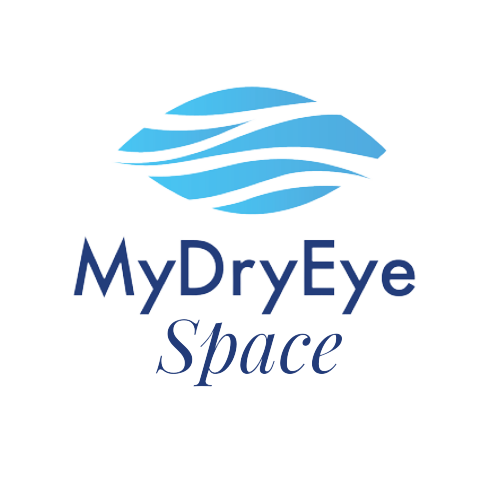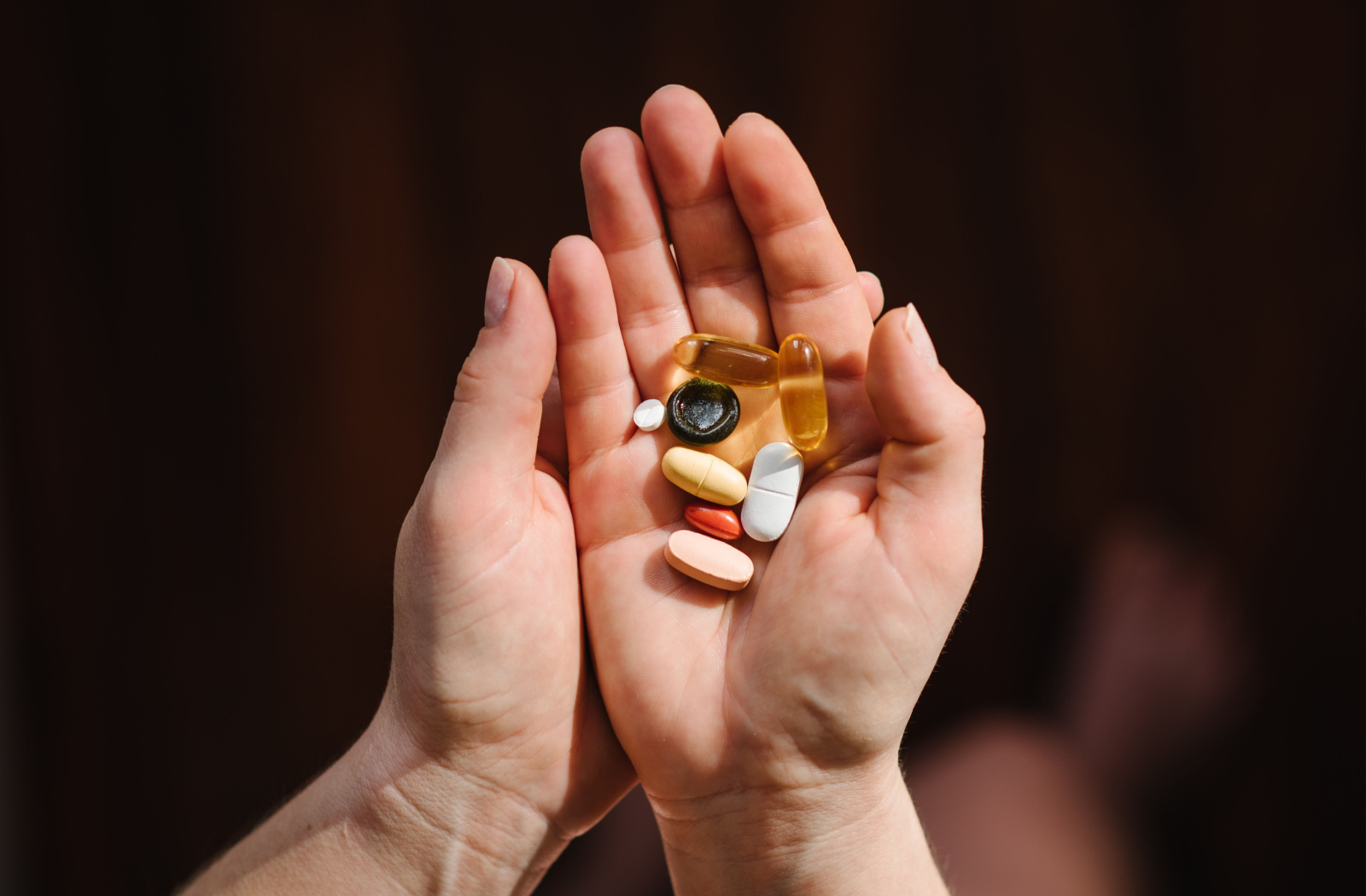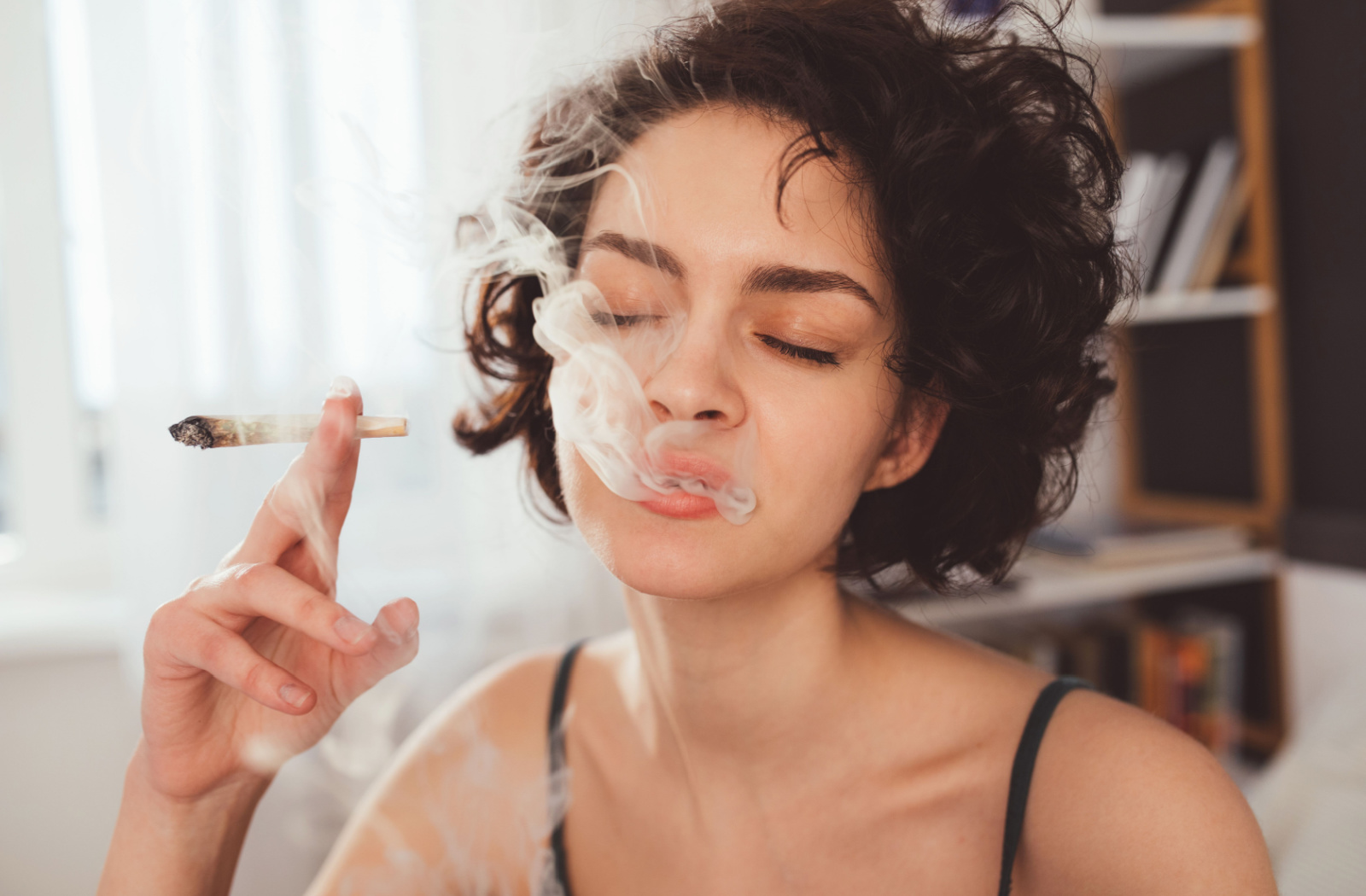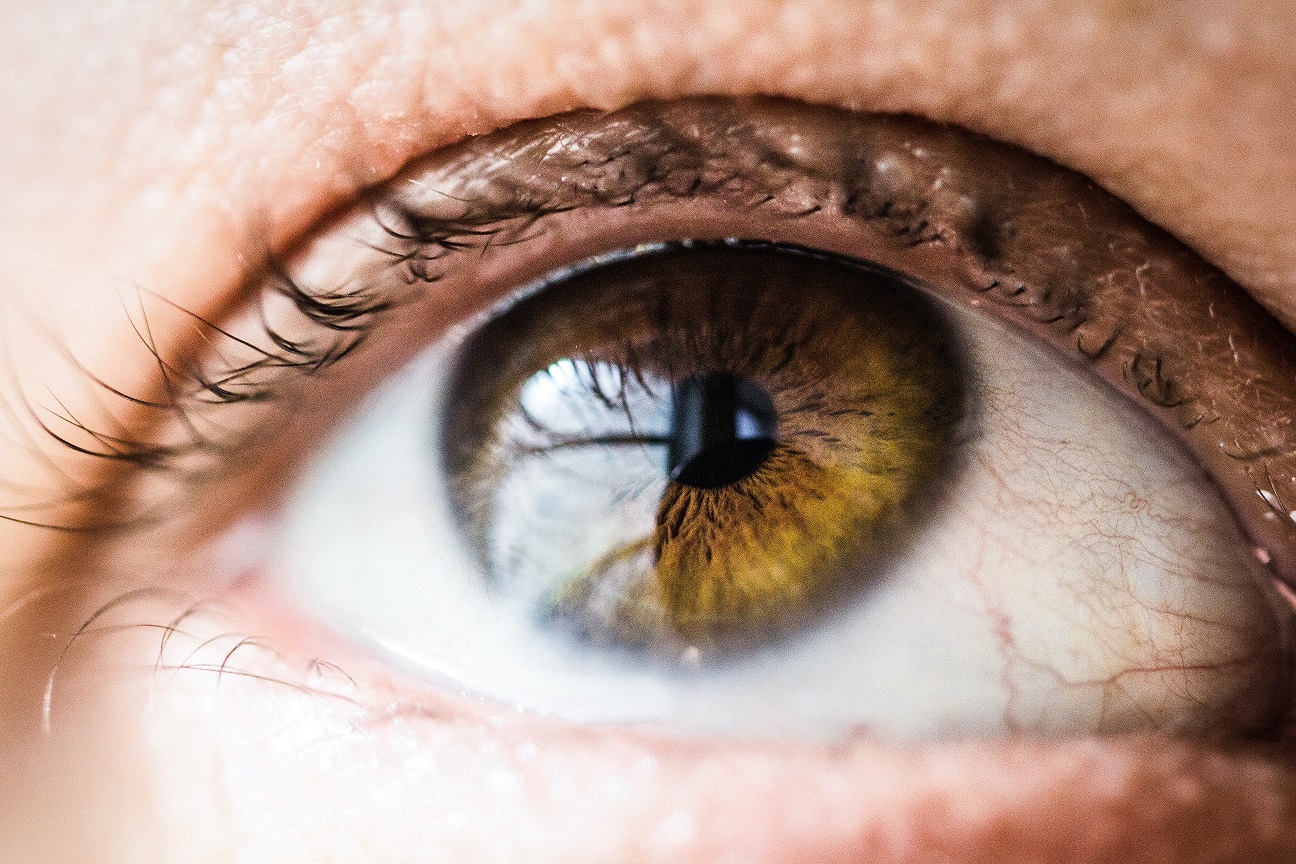We’ve talked a lot about how your environment can affect your eye comfort. We’ve looked at how winter temperatures create a dry, arid climate that can exacerbate dry eye symptoms, and we’ve tackled air conditioners and how they can dry out your home or office’s humidity.
But what about heat? There are many ways doctors can treat dry eye by using heat technologies like intense pulsed-light therapy and radio frequency, but could heat also lead to the very problems our doctors work so hard to alleviate?
Well, it really depends. While there is no evidence to support a direct relationship between heat and dry eye, higher temperatures could create environmental changes that lead to various uncomfortable eye symptoms.
Let’s take a closer look.
Covering The Tear Film Basics
The first thing we need to do before we determine if heat may be causing your symptoms is to look at the main source of your eye comfort: the tear film.
As you may already know, your tear film has 3 different distinct layers to help keep your eyes hydrated and comfortable. These include:
- The mucin layer, which adheres the tear film to the eye and spreads it evenly across the surface
- The water layer, which hydrates the eye and washes away tiny particles like dirt and dust
- The oil layer, which seals in the rest of the tear film to help prevent it from evaporating too quickly
Your meibomian glands and lacrimal glands are responsible for producing your oil and water layers, respectively. If these glands develop any issues that can affect its production, or if your eyes have difficulty keeping your tear film stable, you can experience dry eye symptoms.
Evaporative dry eye is commonly associated with a lack of oil content in your tear film, while aqueous tear deficiency refers to a lack of water content.
Heat in Your Home & Office Environment
Now that we’ve covered the basics of your tear film, it’s time to look at how your home and office environment can contribute to dry eye.
While we all depend on our furnaces to keep us warm during the winter, they can also reduce your home’s relative humidity level. Your furnace works by heating up cool air and pushing it out through the rest of your house. By continuously heating air, your furnace can reduce your home’s humidity over time.
Your furnace also gently blows in warm air via your air ducts. Depending on where you are in your home or office, these ducts could be blowing air directly to your face and eyes, which can dry out your tear film over time.
A humidity level between 45% and 55% is ideal for keeping your eyes comfortable, and it can help reduce the amount of allergens and dust in your home. You can easily do this by adding a humidifier to your room or installing one into your home heating system.
Summer Eye Problems
While winter is most commonly associated with dry eye problems due to the season’s low humidity and crisp, windy weather, summer can also lead to several eye problems that may contribute to dry eye symptoms.
Some of the most common eye problems you can experience during the summer include:
Conjunctivitis
Conjunctivitis, also known as pink eye, is a term used to describe inflammation of the conjunctiva, a thin lining that covers the sclera of your eye and the inner surface of your eyelid.
People generally contract conjunctivitis through bacteria or viruses, but allergies can also cause conjunctivitis. Allergic conjunctivitis is much more common during the summer, but you can easily manage it with eye drops or allergy medication.
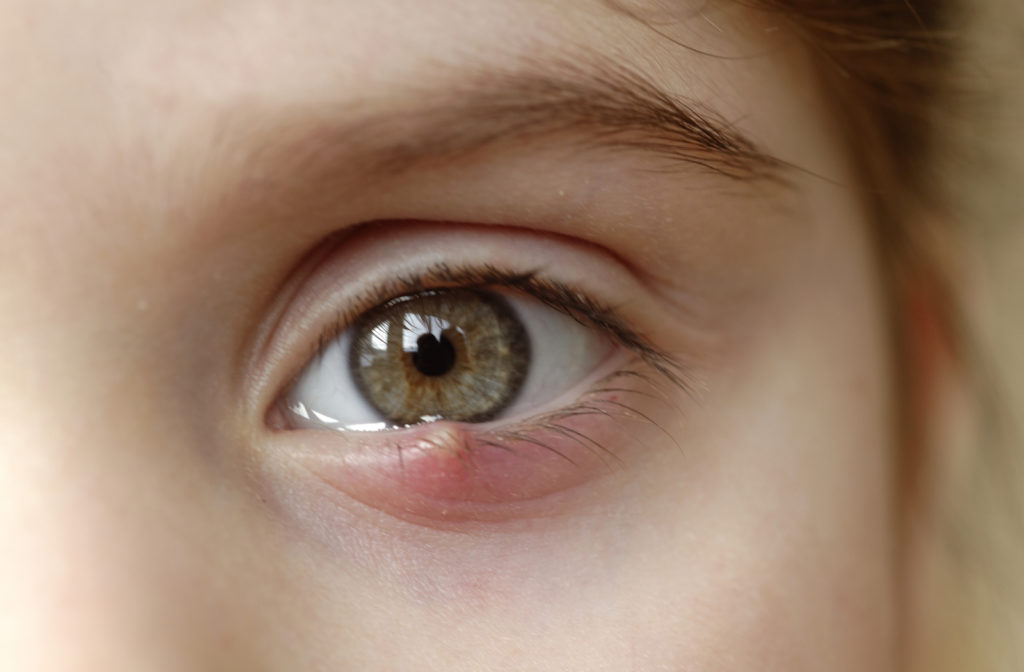
Styes
High temperatures also increase the risk of developing styes. This infection blocks your meibomian glands and causes your eyelid to produce a small, painful bump.
While styes are usually caused by bacterial infection, sweat and oils can also clog these glands and infect them over time.
Using Heat to Help Treat Dry Eye
Most people develop evaporative dry eye, which occurs when the tear film isn’t getting the oil content it needs to prevent the rest of the tear film from evaporating.
The most common reason this issue develops is because of meibomian gland dysfunction, a common condition that blocks your meibomian glands from producing oils. Heat treatments are highly effective for managing meibomian gland dysfunction, and there are several strategies and dry eye treatments your doctor can use to help promote a healthy flow of oils to your tear film, including:
Warm Compress Masks
Warm compresses are one of the first treatments doctors can recommend to help manage meibomian gland dysfunction, depending on how severe your symptoms may be.
Warm compresses are heated masks that you place over your eyes, where they gently melt away blockages in your meibomian glands. There are many different types of warm compresses, and some are so easy to use that you can wear them at home!
Thermal Expression Treatments
LipiFlow and iLux are two in-office treatments that provide targeted heat to the meibomian glands. Both treatments heat the glands to 42C and then use gentle pressure to push out the meibum from the glands. This process of clearing the glands does a good job of rejuvenating them.
Radiofrequency Treatments
Radiofrequency technology is also used to help manage meibomian gland dysfunction.
Though the results are relatively similar to LipiFlow and ILux . Your doctor uses a radiofrequency device to send a high-frequency electrical current into deep layers of your tissues to heat them gently.
The heat these frequencies create can then melt away blockages in your meibomian glands, promoting a healthier flow of oils to your tear film.
Struggling with Dry Eye?
You deserve clear, comfortable vision no matter the season. If you’re having trouble keeping your eyes feeling comfortable and hydrated, try looking for a participating MyDryEye.ca doctor in your area today!



